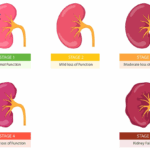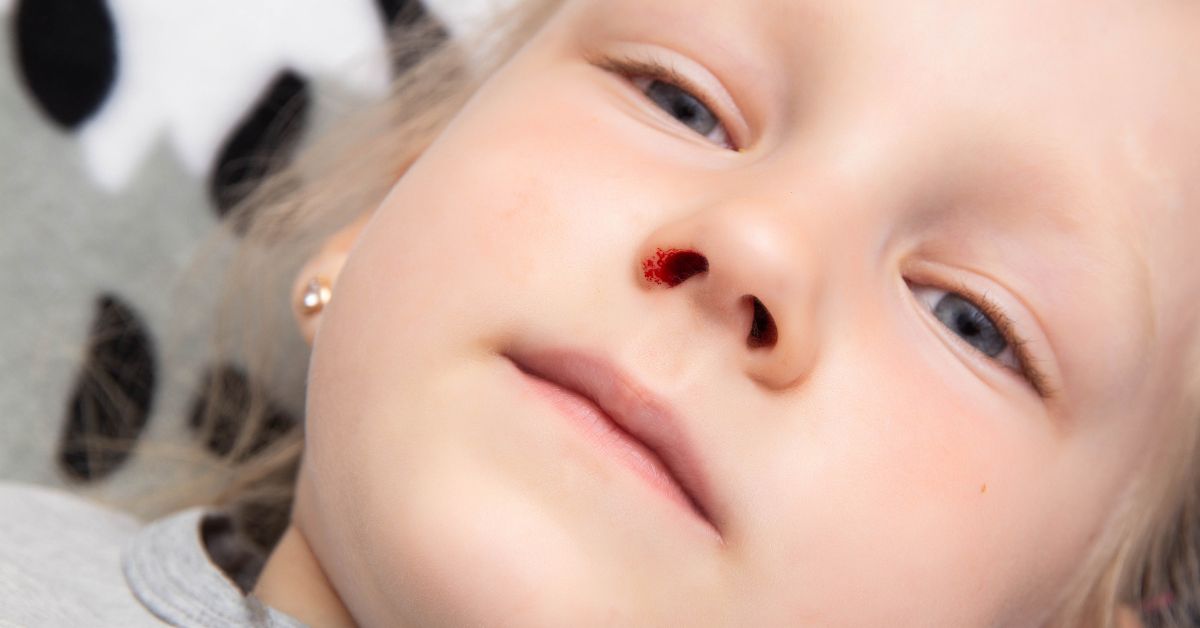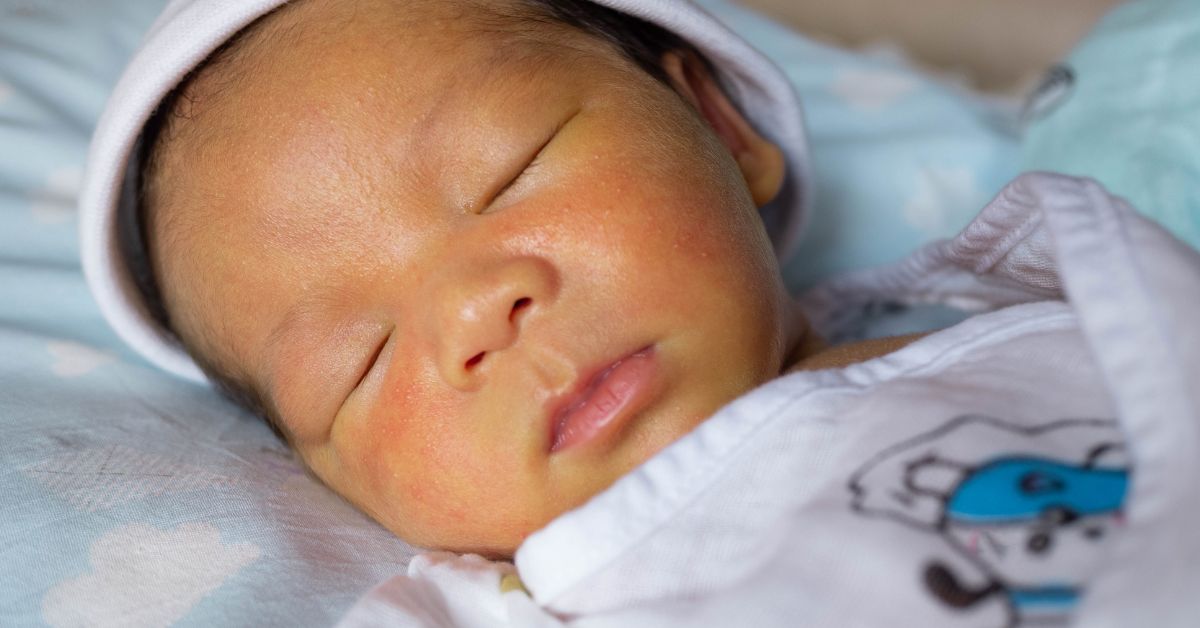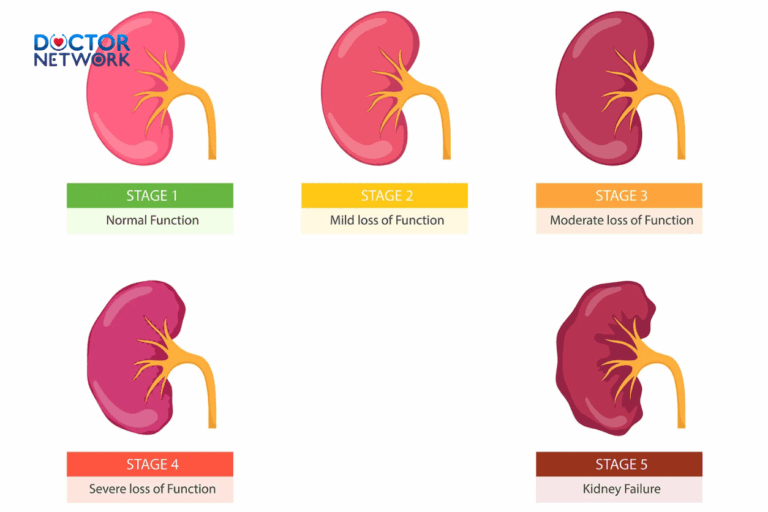As children approach the age of 2, significant changes in motor skills, intelligence, social communication, and emotional development begin to emerge. Parents may feel overwhelmed by the rapid transformations in their child’s psychological and behavioral states, facing challenges in interacting with them. Many parents may not recognize that this is a normal developmental stage known as the “Terrible Twos” This article aims to help parents grasp the concept of the “Terrible Twos” and learn optimal strategies for educating 2-year-olds. The information provided is referenced from Dr. Thieu Thị Huyền Nhung, a specialist in pediatrics.
What is the Terrible Twos?
The “Terrible Twos” is a characteristic stage in the development of young children, marked by oppositional behaviors such as saying “no,” engaging in aggressive actions like hitting or biting, and resisting parental rules. This phase often begins shortly after the child’s first birthday and extends until they turn 3.

Children who often experience the “Terrible Twos” phase may commence right after their first birthday celebration and persist until they reach the age of 3
This period also signifies key milestones in the child’s life, including the ability to communicate using two or three-word sentences, walking and climbing, and understanding specific concepts such as “mine,” “not allowed,” and “too much”—terminology the child might not grasp before this stage.
In general, the “Terrible Twos” provide a playground for children to explore, assert their independence, learn to express their needs and desires, and realize that these desires may not always align with others.
Signs of the Terrible Twos
Children entering the “Terrible Twos” phase often exhibit challenging, irritable, and persistent behaviors, testing the patience of adults. While there isn’t a specific checklist of signs for this stage due to individual variations, some common indicators include:

There are numerous signs in children as they enter the “Terrible Twos” phase
1. Negative reactions when not understood
Intense crying episodes may result from frustration when their needs are not met, such as receiving an undesired color of a cup.
2. Use of violent actions to express emotions
Due to limited vocabulary, children might resort to actions like kicking, biting, or hitting to convey their emotions. Although common, such behaviors should be addressed to prevent the development of bad habits.
3. Unexplained bouts of anger
Children may exhibit unwarranted tantrums, particularly in public settings, where expectations for appropriate behavior may not align with the child’s understanding.
4. Frequent use of the word “no” towards parents
During this stage, children may frequently use the word “no” inappropriately, such as refusing a favorite toy or resisting bedtime wishes.
5. Defense of their “territory”
Children become more aware of ownership concepts and may become sensitive to defending their personal space, even if it’s just a chair or a spot on the bed.
Duration of the Terrible Twos
The duration of this stage depends on various factors. Generally, experts suggest that as children gain a better understanding of events and learn to express their needs, behaviors associated with the “Terrible Twos” tend to diminish. This sensitive period may last until the child turns 3 or 4 years old.
Copying Strategies for the Terrible Twos
Navigating the challenges of the Terrible Twos requires not only patience and skill but also an understanding of essential principles. Here are scientifically-backed methods to help parents and children overcome this phase:
- Avoid scheduling extracurricular activities or outings during times when the child is prone to tantrums, such as near naptime or mealtime.
- When a child is upset, instead of trying to persuade them, redirect their attention to other activities.
- Utilize positive language, suggesting alternative activities when a child displays inappropriate behavior. For instance, if a child wants to throw a tantrum, propose a different activity like going outside to play with a ball.
- Ensure the child maintains a consistent nap schedule of 1-3 hours daily. However, avoid allowing the child to nap close to bedtime to preserve both the child’s and parents’ sleep quality.
- Discipline is still necessary to prevent the formation of negative habits. When a child engages in inappropriate behavior, guide them to a quiet place to help reduce tension.
- Empathize with the child but avoid constant acquiescence. For example, if a child is angry about not receiving a desired candy or toy, consistently adhering to parental decisions will help establish boundaries.
Emotional Regulation Strategies for Children
Experts and many parents agree that anticipating triggering moments and helping children regulate their emotions is crucial. When preparing the child for an upcoming event, seek their opinion to involve them in the decision-making process, reducing the likelihood of strong opposition.

Parents should ask for the child’s opinion or let the child know about the things you are going to do
Another strategy to prevent sudden discomfort for the child is to predict their emotional state, especially on days when they feel fatigued. Instead of going to the park after a meal, consider staying home to play, reducing stress.
Establishing Healthy Habits Early
To optimize bone development in children, providing sufficient nutritional elements such as protein, fats, vitamins, and minerals is essential. Additionally, creating minor injuries to the bone’s head is a prerequisite for longer, stronger, and healthier bone growth.
As understood, the unique mechanism of bone structure formation involves the transformation of cartilage into bone. Bone cells break down the bone’s head to create small injuries, and then these bone cells continue to repair these injuries by regenerating bone tissue with essential nutrients such as protein, vitamins, minerals, etc. As a result, the repaired bone becomes stronger and longer. This is also why engaging in regular physical activities has a positive impact on a child’s height growth.
When children perform gentle, regular exercises with sufficient effort, the muscle masses around the bones stretch, creating continuous tension and compression on the bone’s head. Simultaneously, this also creates favorable conditions for more blood to flow to the bone’s head, transporting necessary ingredients for the bone-building process. Parents play a crucial role in instilling positive habits in their children from a very young age.
Kiểm Duyệt Nội Dung
More than 10 years of marketing communications experience in the medical and health field.
Successfully deployed marketing communication activities, content development and social networking channels for hospital partners, clinics, doctors and medical professionals across the country.
More than 6 years of experience in organizing and producing leading prestigious medical programs in Vietnam, in collaboration with Ho Chi Minh City Television (HTV). Typical programs include Nhật Ký Blouse Trắng, Bác Sĩ Nói Gì, Alo Bác Sĩ Nghe, Nhật Ký Hạnh Phúc, Vui Khỏe Cùng Con, Bác Sỹ Mẹ, v.v.
Comprehensive cooperation with hundreds of hospitals and clinics, thousands of doctors and medical experts to join hands in building a medical content and service platform on the Doctor Network application.

























